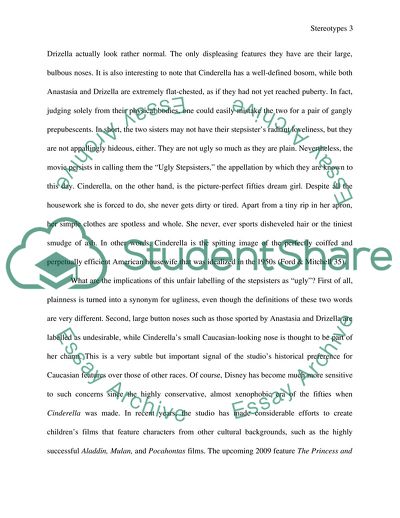Cite this document
(The Stereotypes in Disneys Cinderella Movie Review Example | Topics and Well Written Essays - 1250 words - 1, n.d.)
The Stereotypes in Disneys Cinderella Movie Review Example | Topics and Well Written Essays - 1250 words - 1. https://studentshare.org/philosophy/1718738-stereotype
The Stereotypes in Disneys Cinderella Movie Review Example | Topics and Well Written Essays - 1250 words - 1. https://studentshare.org/philosophy/1718738-stereotype
(The Stereotypes in Disneys Cinderella Movie Review Example | Topics and Well Written Essays - 1250 Words - 1)
The Stereotypes in Disneys Cinderella Movie Review Example | Topics and Well Written Essays - 1250 Words - 1. https://studentshare.org/philosophy/1718738-stereotype.
The Stereotypes in Disneys Cinderella Movie Review Example | Topics and Well Written Essays - 1250 Words - 1. https://studentshare.org/philosophy/1718738-stereotype.
“The Stereotypes in Disneys Cinderella Movie Review Example | Topics and Well Written Essays - 1250 Words - 1”. https://studentshare.org/philosophy/1718738-stereotype.


